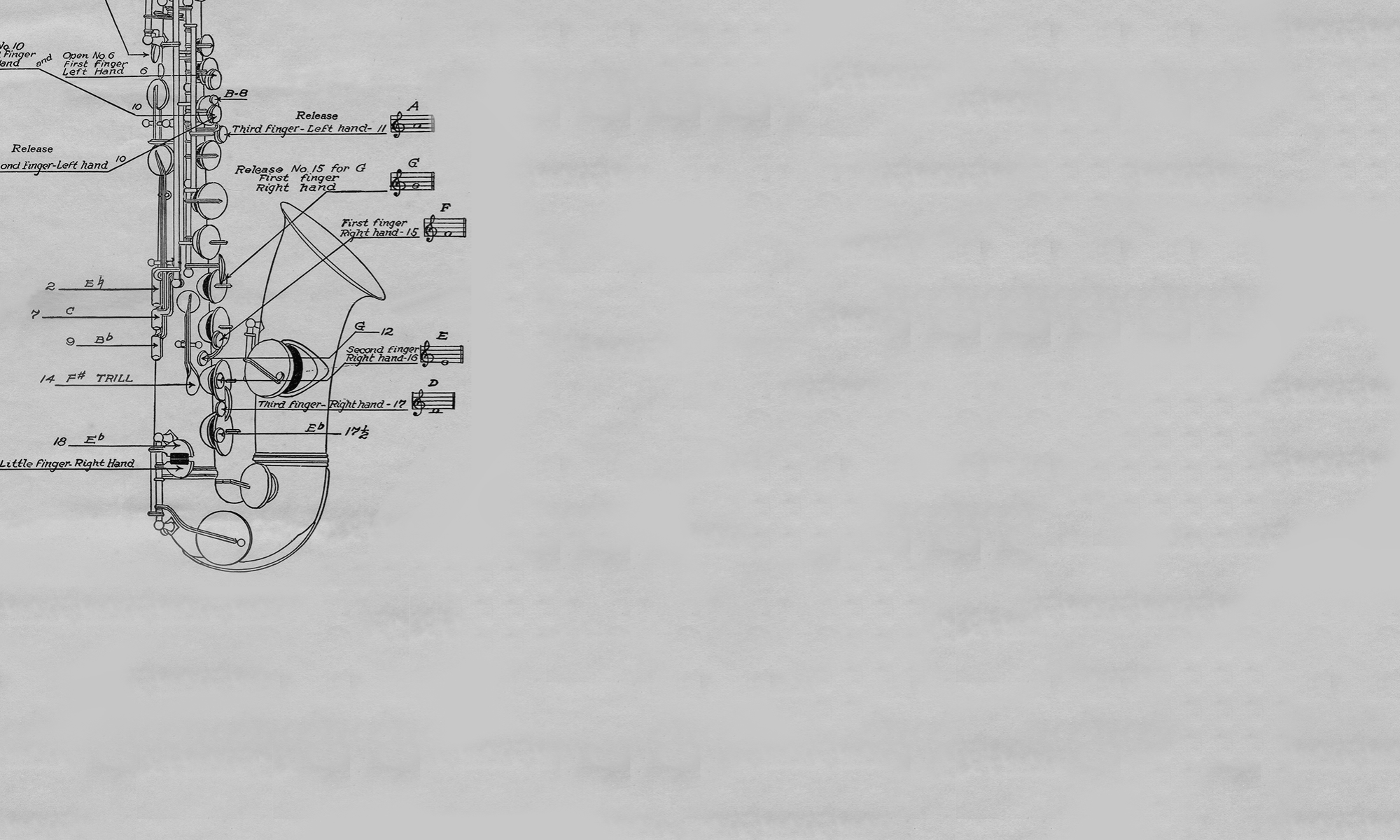from the Bruce Vermazen Research Papers on Tom Brown
This 1920 Buescher Band Instrument Company brochure was developed by Ferdinand Buescher to document the saxophone’s early history and the important role his company was playing to refine Adolph Sax’s original saxophone design. Buescher was instrumental in helping the Conn Company develop its first line of saxophones using Edward A. Lefebre’s saxophone built by Adolph Sax, as a model. He then left Conn to start his own music instrument company in 1894 to manufacture first high-end saxophones and later student-model horns. Buescher marketed his line of saxophones as the perfect instrument to play either jazz or church hymns. His brochure promoted the ease with which musicians of all ages could master his music instruments for performances as saxophone quartets, sextets, and octets like the famous Brown Brothers ensemble.

The Brown Brothers’ successful Broadway performances in Chin Chin between 1914 and 1917 made the saxophone ensemble a national sensation. After the closing of the Dillingham production in 1917, the ensemble moved to Chicago to begin performances in Jack O’Lantern in 1917 and Tip Top in 1920; both were travelling Broadway shows. As the saxophone ensemble’s reputation continued to grow in 1920, the Buescher Band Instrument Company approached and acquired their endorsement for their True-Tone saxophone line, which they had been producing since 1904.
Buescher’s 1920 advertising brochure included twenty-two pages of testimonials from many leading saxophone ensembles including the Brown Brothers and Tom Brown as their star endorser. However, the Buescher Company did not include in their advertising any black musicians or mixed-race saxophone ensembles.
